18 Best Magic Towns In Mexico, According To Travelers

Mexico’s ‘Pueblos Mágicos’ program highlights towns that offer magical experiences through their natural beauty, cultural richness, and historical significance. These enchanting destinations showcase the authentic heart of Mexico away from bustling tourist hotspots.
I’ve gathered feedback from fellow travelers to bring you the most beloved magic towns that capture Mexico’s soul and spirit.
1. Tulum: Where Ancient Ruins Meet Turquoise Waters

The stunning contrast between Mayan ruins perched on seaside cliffs and the Caribbean’s turquoise waters makes this place unforgettable. Walking through Tulum feels like stepping into a postcard.
Beyond the archaeological zone, you’ll discover cenotes (natural sinkholes) perfect for swimming and snorkeling in crystal-clear waters. The town itself has transformed from a sleepy fishing village into a bohemian paradise with eco-chic hotels and organic restaurants.
2. San Miguel de Allende: A Colorful Colonial Jewel
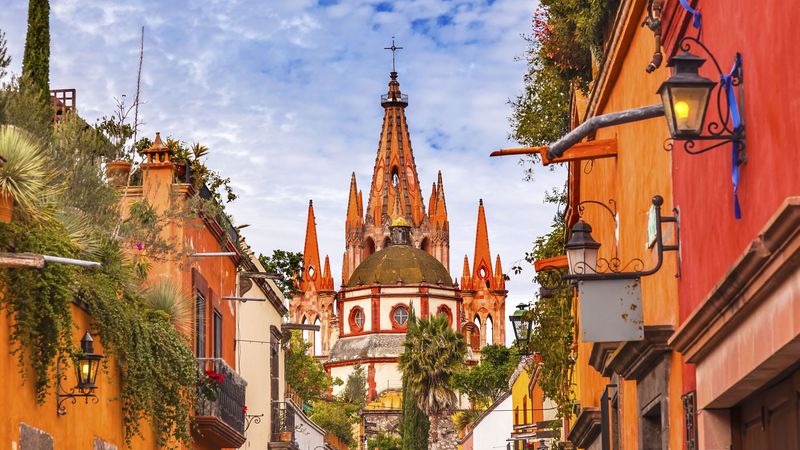
Walking through cobblestone streets lined with vibrant buildings feels like being inside an artist’s palette. This UNESCO World Heritage site captivates with its neo-Gothic church, Parroquia de San Miguel Arcángel, rising dramatically from the main plaza.
Many expats and artists have made this their home, creating a unique blend of Mexican tradition and international influence. If you visit during Day of the Dead, you’ll witness elaborate altars, parades, and celebrations that showcase the town’s cultural richness.
3. Sayulita: Surfer’s Paradise with Bohemian Soul

Once a quiet fishing village, Sayulita has evolved into a vibrant surf town without losing its laid-back charm. Colorful prayer flags stretch across streets where surfers, artists, and travelers mingle in a relaxed atmosphere. The main beach offers perfect waves for both beginners and experienced surfers.
When you’re not riding waves, explore art galleries showcasing Huichol indigenous artwork or sample fresh seafood at beachfront restaurants. The town comes alive at sunset with beach bonfires and live music.
4. Bacalar: The Lagoon of Seven Colors
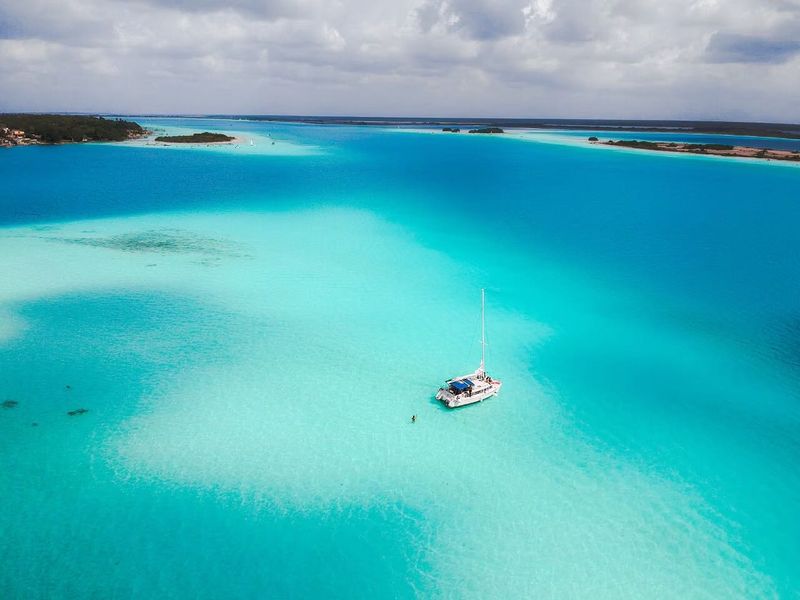
Looking out over Bacalar’s lagoon for the first time leaves most travelers speechless. The water displays an astonishing spectrum of blue hues—from deep navy to turquoise to sky blue—earning its nickname “Lagoon of Seven Colors.”
Ancient Maya considered this place sacred, and one dip in its crystalline waters helps you understand why. Don’t miss the stromatolites—living rock formations that are among Earth’s oldest organisms. Kayaking at sunrise offers the most magical experience as light plays across the water’s surface.
5. Izamal: The Yellow City
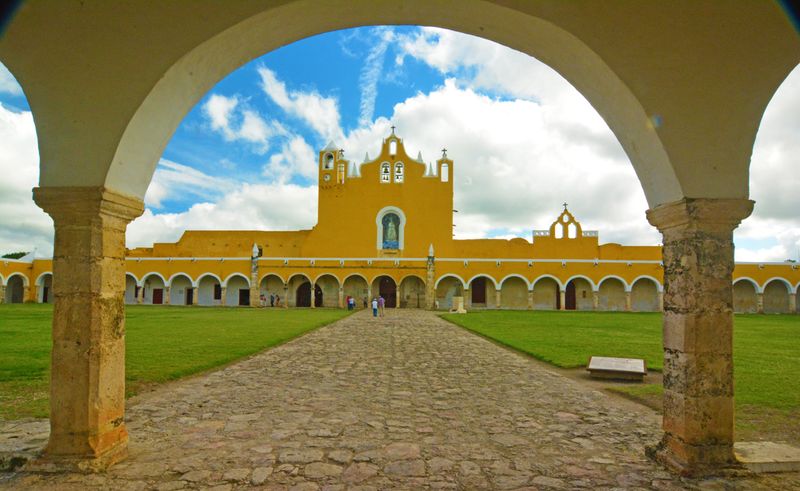
Your eyes need a moment to adjust when first arriving in Izamal—nearly every building is painted the same vibrant egg-yolk yellow. This monochromatic wonder creates a surreal, sun-drenched atmosphere unlike anywhere else in Mexico.
The town’s yellow scheme dates back to Pope John Paul II’s visit in 1993. At its heart stands the massive Franciscan monastery built atop an ancient Maya pyramid. Horse-drawn carriages offer tours around town, clipping along yellow streets past yellow buildings under the brilliant Yucatán sky.
6. Tepoztlán: Mystical Mountain Retreat
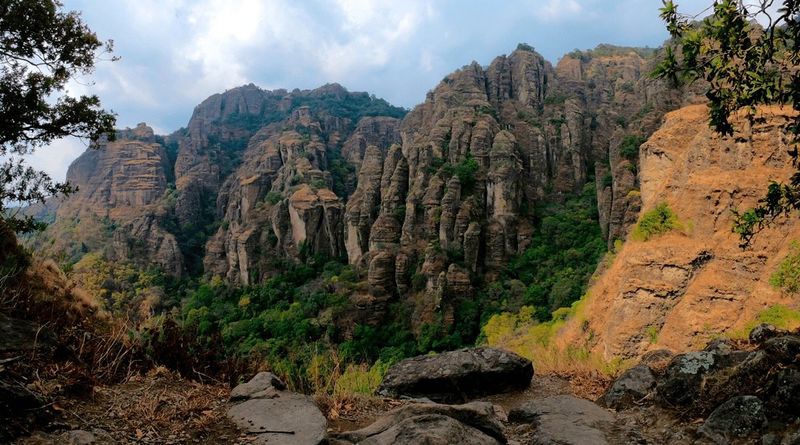
Dramatic cliffs surround this mystical town where legend claims the Aztec feathered serpent god Quetzalcoatl was born. Energy healers, yoga practitioners, and spiritual seekers flock here for its reputed metaphysical powers. The challenging hike up Tepozteco Mountain rewards you with ancient ruins and breathtaking valley views.
Every Sunday, the market transforms the town center with organic produce, handcrafts, and healing herbs. Many visitors come for the famous Tepoznieves ice cream shop, offering over 100 exotic flavors including avocado, cheese, and tequila.
7. Pátzcuaro: Heart of Day of the Dead Celebrations
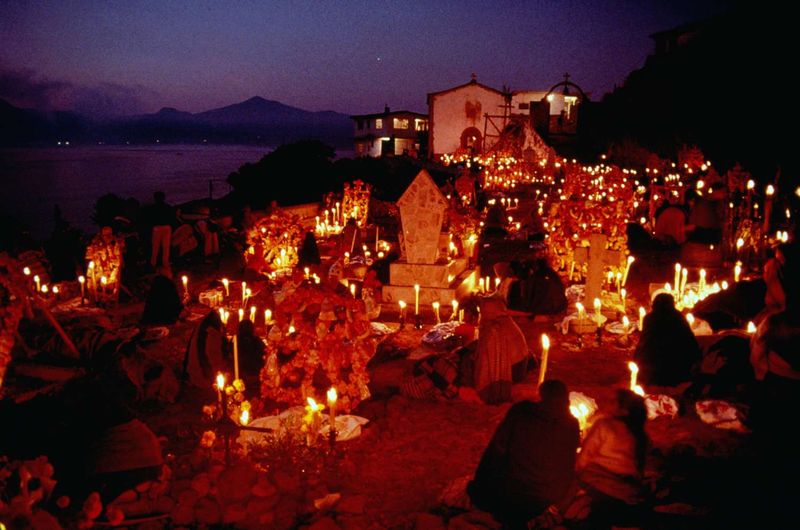
Situated around a serene lake in Michoacán, Pátzcuaro preserves indigenous Purépecha traditions unlike anywhere else in Mexico. The town’s Plaza Vasco de Quiroga—one of Mexico’s most beautiful squares—serves as the community’s living room.
During Day of the Dead, thousands of flickering candles illuminate the lake as fishermen in butterfly-shaped nets perform ancient rituals. The nearby island of Janitzio becomes the epicenter of these celebrations.
Year-round, you’ll find exceptional crafts including copper work, pottery, and intricate embroidery reflecting centuries of artistic tradition.
8. Todos Santos: Desert Meets Ocean Oasis

Nestled between the Sierra Laguna mountains and the Pacific Ocean, Todos Santos blends desert landscapes with tropical palm groves. The quality of light here has attracted artists for decades, filling the town with galleries and studios showcasing local talent.
Surfers head to nearby beaches for world-class breaks, while foodies explore farm-to-table restaurants using ingredients from the fertile valley. Though the Hotel California isn’t actually the one from the Eagles song (despite local claims), it’s still worth visiting for its colonial charm and excellent margaritas.
9. Cholula: City of 365 Churches
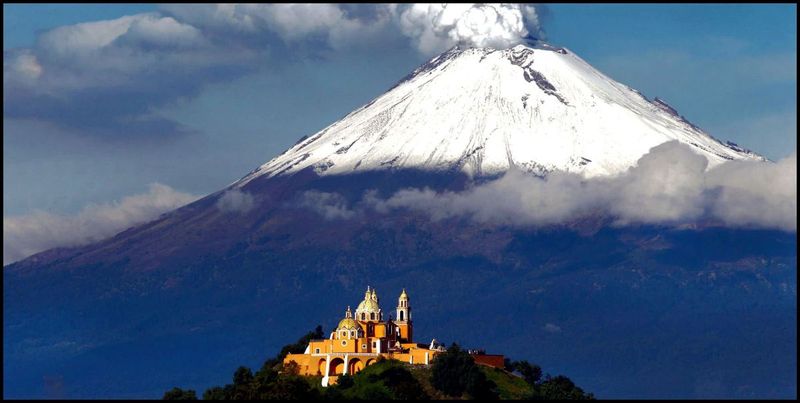
From a distance, the massive Great Pyramid of Cholula looks like just another hill with a church on top—until you realize the entire mound is an ancient pyramid larger in volume than Egypt’s Great Pyramid.
The Spanish built the Iglesia de Nuestra Señora de los Remedios atop this pre-Hispanic structure, creating a powerful symbol of cultural layering. Legend claims Cholula has 365 churches—one for each day of the year. While the actual number is lower, the abundance of religious architecture is impressive.
The town’s vibrant university population ensures lively cafés and a thriving arts scene.
10. Valladolid: Gateway to Mayan Wonders

Just a short drive from Chichen Itza, Valladolid offers a perfect base for exploring Yucatán’s archaeological treasures without the tourist crowds. The pastel-colored colonial buildings create a photographer’s paradise, especially around the central plaza.
Don’t miss Cenote Zaci—an impressive sinkhole right in the middle of town where you can swim in crystal-clear waters. The local cuisine features unique Mayan-influenced dishes like papadzules (egg-filled tortillas with pumpkin seed sauce) and lomitos de Valladolid (pork in tomato sauce).
Evenings bring cool breezes and locals gathering in the main square.
11. Mazunte: Eco-Paradise on Oaxaca’s Coast

Once a center for turtle hunting, Mazunte transformed itself into a conservation success story with the creation of the Mexican Turtle Center. This tiny beach town on Oaxaca’s Pacific coast embraces sustainable tourism with solar power, natural building materials, and organic farming.
Punta Cometa offers Mexico’s best sunset viewing spot—a rocky peninsula where you can watch the sun sink into the ocean. Many visitors come for yoga retreats and wellness centers nestled in the jungle. The annual Jazz Festival brings world-class musicians to this remote paradise.
12. Cuetzalan: Misty Mountain Time Capsule
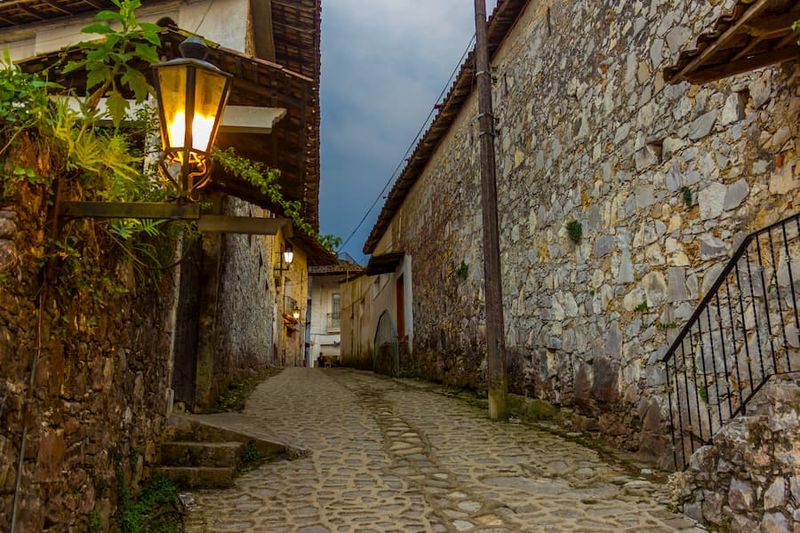
Hidden in Puebla’s misty mountains, Cuetzalan seems frozen in time with its cobblestone streets often shrouded in cloud forest fog. Indigenous Nahua culture thrives here, with women wearing traditional white blouses embroidered with vibrant flowers and men performing the ancient “Voladores” ritual—flying from tall poles while tied by their ankles.
The Sunday market fills with coffee growers, vanilla farmers, and artisans from surrounding villages. Nearby waterfalls and caves offer natural adventures after exploring the town’s colonial architecture. Rain is frequent, creating a perpetually green, mystical atmosphere.
13. Álamos: Colonial Splendor in Sonoran Desert
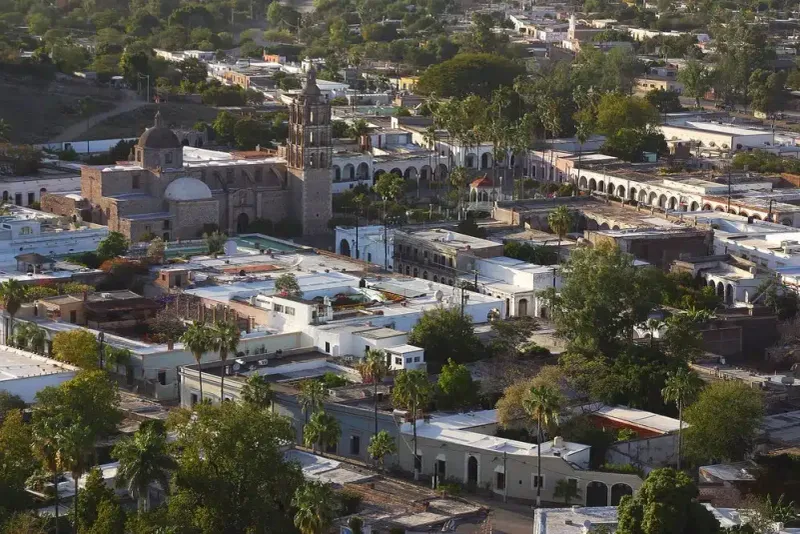
Silver mining wealth created this architectural gem where mansions with interior courtyards line cobblestone streets. The desert setting creates dramatic contrasts—lush gardens hidden behind high walls while cacti dot the surrounding landscape.
Many historic homes have been lovingly restored by American and Canadian expats who discovered this hidden treasure. The annual Alfonso Ortiz Tirado Festival brings world-class opera to this remote location. At sunset, the pink quarry stone buildings glow golden as church bells echo across town.
14. Mexcaltitán: The Venice of Mexico

Built on a small circular island in a lagoon, Mexcaltitán is completely surrounded by water with canals serving as streets during rainy season. Some historians believe this tiny island might be the legendary Aztlán—the ancestral homeland from which the Aztecs began their migration to central Mexico.
Fishing provides the main livelihood, with shrimp a local specialty. The island’s houses are painted in bright colors, creating a cheerful atmosphere despite frequent flooding. From above, the perfect circular layout with streets radiating from the center resembles an Aztec calendar.
15. Real de Catorce: Ghost Town Reborn
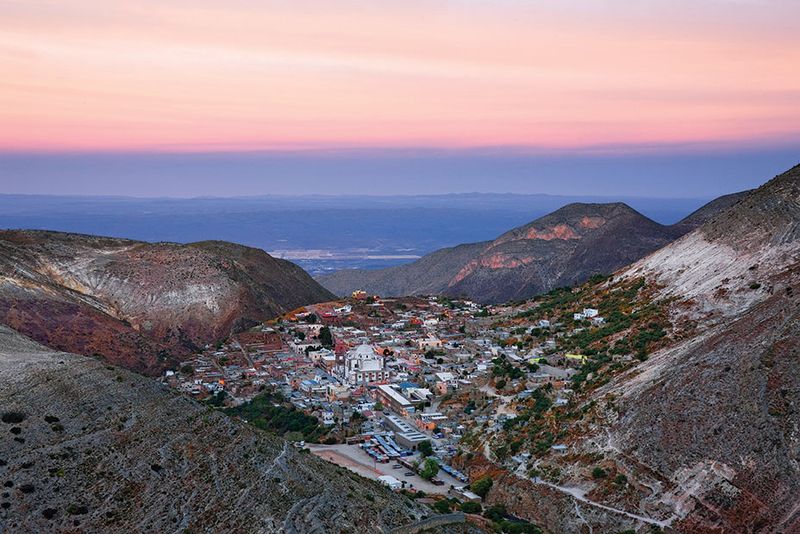
Accessible only through a 1.5-mile tunnel carved through a mountain, Real de Catorce creates an immediate sense of isolation and mystery. This former silver mining boomtown nearly became a ghost town when the mines closed, with population dropping from 40,000 to just 400.
Today, it attracts spiritual seekers visiting nearby Wirikuta—sacred peyote grounds of the Huichol people. Abandoned mines, crumbling haciendas, and a magnificent church create a hauntingly beautiful landscape.
Horse riding through the surrounding desert reveals breathtaking vistas and abandoned mining infrastructure reclaimed by nature.
16. Comala: The White Village of Eternal Spring
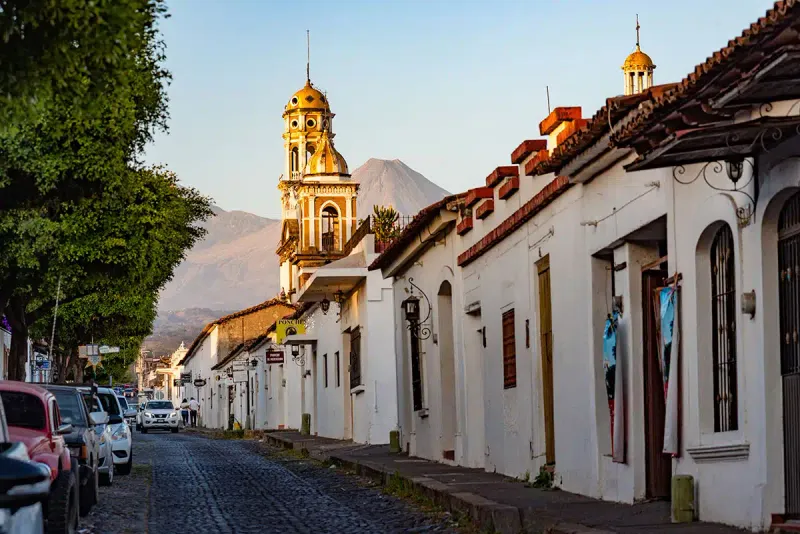
Made famous in Juan Rulfo’s novel “Pedro Páramo,” Comala captivates with its uniformly white buildings set against the backdrop of the Colima Volcano. The perfect climate earned it the nickname “Village of Eternal Spring,” with comfortable temperatures year-round.
Coffee plantations surround the town, producing some of Mexico’s finest beans. In the evenings, restaurants set up tables in the main plaza, serving the local specialty—ponche de granada (pomegranate punch) with a shot of mezcal. The town takes on a magical quality at night when subtle lighting illuminates the white facades.
17. Palenque: Ancient Ruins in Jungle Setting
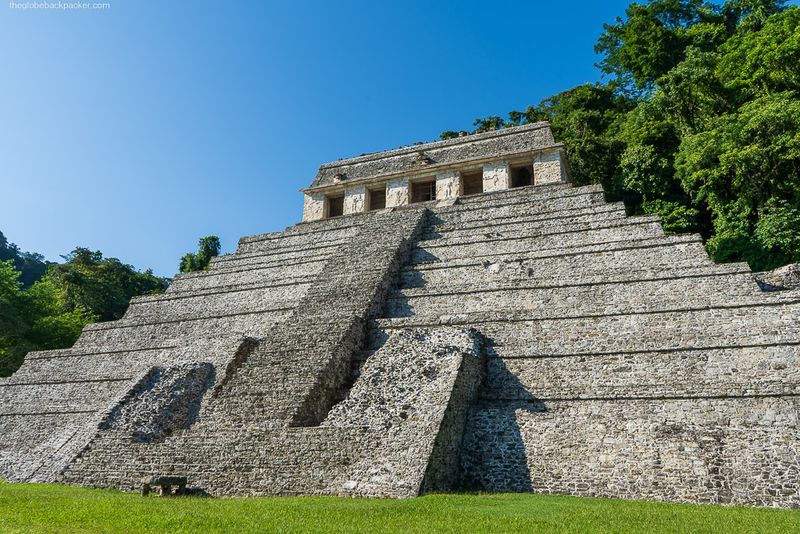
Though the archaeological site gets most attention, the town of Palenque offers its own magic as a gateway to the Lacandon Jungle. The sound of howler monkeys creates an otherworldly soundtrack as mist rises from the dense vegetation each morning.
Local Mayan descendants maintain traditions through crafts, cuisine, and storytelling. After exploring the famous ruins, cool off in the turquoise waters of the Roberto Barrios cascades just outside town.
The fusion of indigenous and Spanish influences creates unique dishes like tamales with chaya (Mayan spinach) wrapped in banana leaves.
18. Tlaquepaque: Artisan Haven Near Guadalajara

Once a separate village, now absorbed into Guadalajara’s metropolitan area, Tlaquepaque maintains its distinct identity as an artistic center. The pedestrian-only El Parian square features mariachi performances while diners enjoy traditional Jalisco cuisine at surrounding restaurants.
Galleries and workshops line Independencia Street, where you can watch artisans create everything from blown glass to intricate pottery. The Sergio Bustamante gallery showcases surrealist sculptures that have become symbols of the town.
Despite being just minutes from Mexico’s second-largest city, Tlaquepaque feels like a separate world where traditions thrive.
